As part of the ongoing trade war with China, Donald Trump thought it would be a great idea to start a tech war with the Chinese as well. It would put tremendous pressure on President Xi Jinping to negotiate and surrender to the terms to be dictated by the United States. The target – Huawei Technologies Co. American tech companies were prohibited from doing business with the Chinese tech giant.
The blacklist has created havoc for Huawei, at least temporarily. It was a big deal considering key U.S. components and software like Google’s Android operating system, semiconductor design tools from Synopsys Inc. and Cadence Design Systems Inc. and radio frequency chips made by Qorvo and Skyworks would remain off limit to Huawei.
Initially, Huawei founder and CEO Ren Zhengfei predicted his company would be hit so badly that it could earn US$30 billion less revenue for the year 2019. That amount was later reduced to US$10 billion. Later, on Nov 5, some five months after Mr. Ren first made the shocking prediction, Huawei revised down the total impact amount again. The impact would be less than US$10 billion.
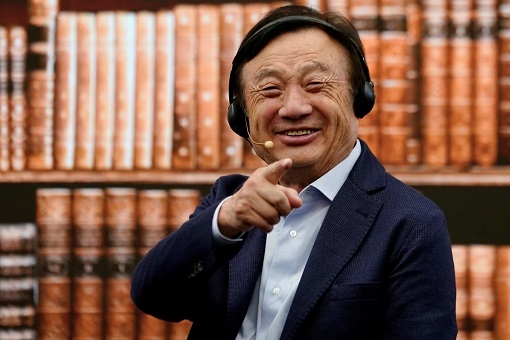
In fact, Huawei Technologies Co. expects its smartphone shipments to grow 20% next year (2020) – even if Google’s software continues to be blocked from its Android phones. Yes, some six months after Trump administration officially banned Huawei in May, not only the Chinese company refuses to die, but continues charging forward – much to the frustration of President Trump.
Huawei has also revealed that sourcing the hardware for smartphone manufacturing wasn’t a problem because of the availability of global supply. Will Zhang, president of corporate strategy, said – “There are many ways for our U.S. partners to find global solutions, rather than shipped from a single US-based source.” Some might think the Chinese was bluffing.
However, Huawei’s latest phone – the Mate 30 – provides the clearest proof that China no longer depends on American chips. Unveiled in September, the 5G Android smartphone armed with the Kirin990 5G chipset, wide-angle cameras and curved display that compete directly with Apple Inc.’s iPhone 11 – contained zero U.S. parts.
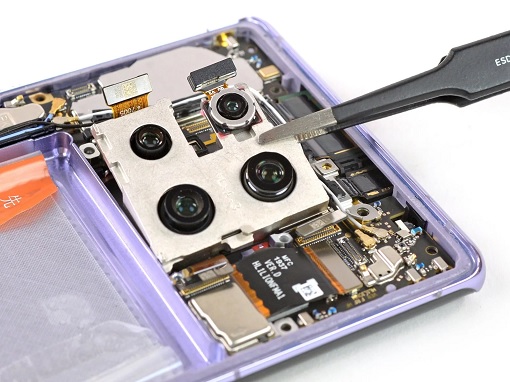
The Wall Street Journal says that according to an analysis by UBS and Fomalhaut Techno Solutions, a Japanese technology lab that took the device apart to inspect its components through what is known as reverse engineering and BOM (bill of materials) analysis, the Huawei Mate 30 phone was built without U.S. chips.
Trump administration’s sanction has prevented American companies like Qualcomm Inc. and Intel Corp. from exporting chips to the Chinese company. Other companies such as Skyworks Solutions, Broadcom and Cirrus Logic were also unable to sell their products to Huawei. The move has essentially forced the Chinese tech giant to survive on its own.
Tech Insights Inc. and iFixit, two different corporations that take phones apart to examine internal parts, have also come to the same conclusions. Instead of getting its audio chips from Cirrus Logic, Huawei Mate 30 got it from NXP Semiconductors NV, a Dutch chip maker. Energy amplifiers supplied by Qorvo or Skyworks had been changed with chips from HiSilicon, Huawei’s in-house chip design agency.
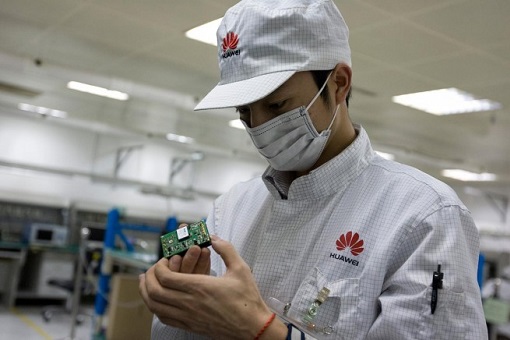
HiSilicon also provided Mate 30 with WiFi and Bluetooth chips, replacing American supplier Broadcom. As or the antenna switch, Mate 30 used component from Murata, a Japanese manufacturer of electronic components. MediaTek from Taiwan was chosen to supply power management chips to the Huawei phone after Trump’s sanction.
Even though Huawei has indicated numerous times that it was moving away from American parts, it was surprising how quickly it happened. “When Huawei came out with this high-end phone – and this is its flagship – with no U.S. content, that made a pretty big statement,” – said Christopher Rolland, a semiconductor analyst at Susquehanna International Group.
As talks between China and U.S. over a long-disputed trade deal were moving forward positively, U.S. Commerce Secretary Ross said on Nov 3 that licenses for United States companies to sell components to the Chinese telecom giant are coming “very shortly” – suggesting that Trump finally realized that efforts to cripple Huawei’s meteoric rise were not working.
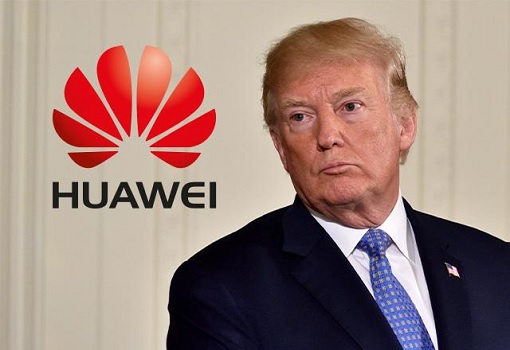
Not only is Huawei unstoppable, Donald Trump’s ban has also hurt U.S. corporations. Ross admitted that the U.S. government has received 260 requests from American companies to be granted exemption so that licenses could be approved for them to do business with China. But as the Mate 30 shows, it may be too late for American tech companies to resume business with Huawei.
Two months ago (Oct 16), Huawei announced it had signed more than 60 commercial 5G contracts “with leading global carriers” and shipped more than 400,000 5G base stations to global markets to date – clearest proof that it continues enjoying rapid growth despite sanctions and restrictions.
Huawei also revealed that “more than 700 cities, 228 Fortune Global 500 companies, and 58 Fortune Global 100 companies had selected Huawei as their partner for digital transformation.” Revenue for the first three quarters of 2019 was 610.8 billion Yuan (US$86.2 billion), up 24% year-on-year, despite the Chinese company being blacklisted.
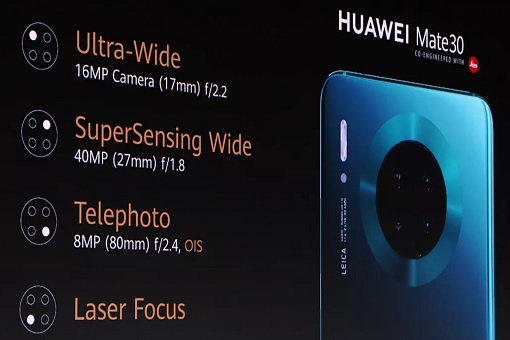
In mainland China, its smartphone shipments jumped 66% in the third quarter, although it only rose about 18% abroad. Huawei’s main market is still China – the primary reason why the tech giant will continue to survive even without the U.S. However, Huawei still has one huge supply-chain vulnerability – the Google Android system and the apps built within its eco-system.
While Android is open source and can be utilized freely, the apps – together with YouTube, Google Maps and the Play app retailer – are not. Launched in September, the Mate 30 was Huawei’s first main phone launched without Google’s proprietary apps. Huawei is now restricted to using the Android Open Source Project (AOSP), cutting the company off from consumers outside of China.
Still, Huawei may endure as it has unveiled a self-developed working system, known as HarmonyOS, to exchange Android. But it would take years for the new system to rival Google’s globally accepted apps. Given a choice, Huawei would prefer Android. And they are betting that it’s a matter of time before Google is allowed to work again with Huawei.
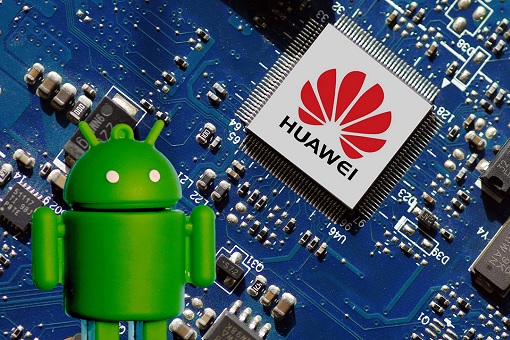
Other Articles That May Interest You …
- Huawei Beats Apple & Samsung – Latest Rating Revealed By This French Independent Benchmark
- 2 Billion Yuan Jackpot – Huawei To Reward Its 194,000 Staff With Mega Bonus & Double October Salary
- Unstoppable!! – Huawei Expects Smartphone To Grow 20% In 2020 Even With Trump Blacklisting In Place
- Germany Ignores The U.S. Pressure – Welcomes Huawei To Build 5G Networks
- Huawei’s Market Share Hits Record 38% In China – All Competitors’ Share Including Apple Plunges
- From Trade War To Tech War – After 5G Technology, The US Aims To Cripple China’s Artificial Intelligence
- As Huawei Hits $100 Billion Revenue, Chairman Said The U.S. Has “Loser’s Attitude” & “Table Manners” Problem
- “You Cannot Crush Us” – Huawei Founder Warned About Shifting Investment From The U.S. To U.K.
- Huawei Strikes Back – U.S. Fears Of Being Left Behind, Fails To Hack Into Huawei To Spy
- China Invasion – Top 10 American Iconic Brands Now Owned By Chinese

|
|
December 4th, 2019 by financetwitter
|


|

|

|

|

|

|




























Comments
Add your comment now.
Leave a Reply